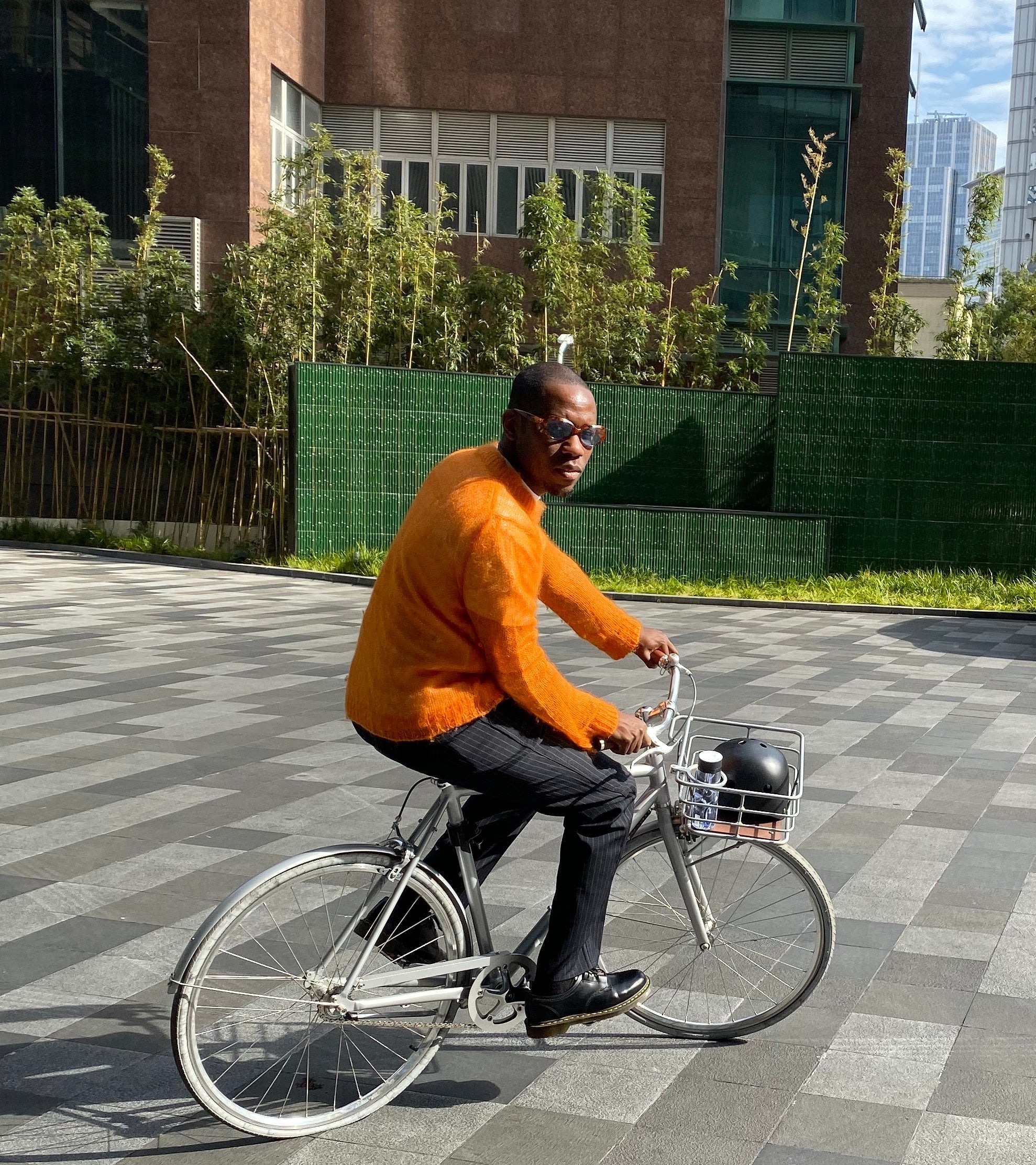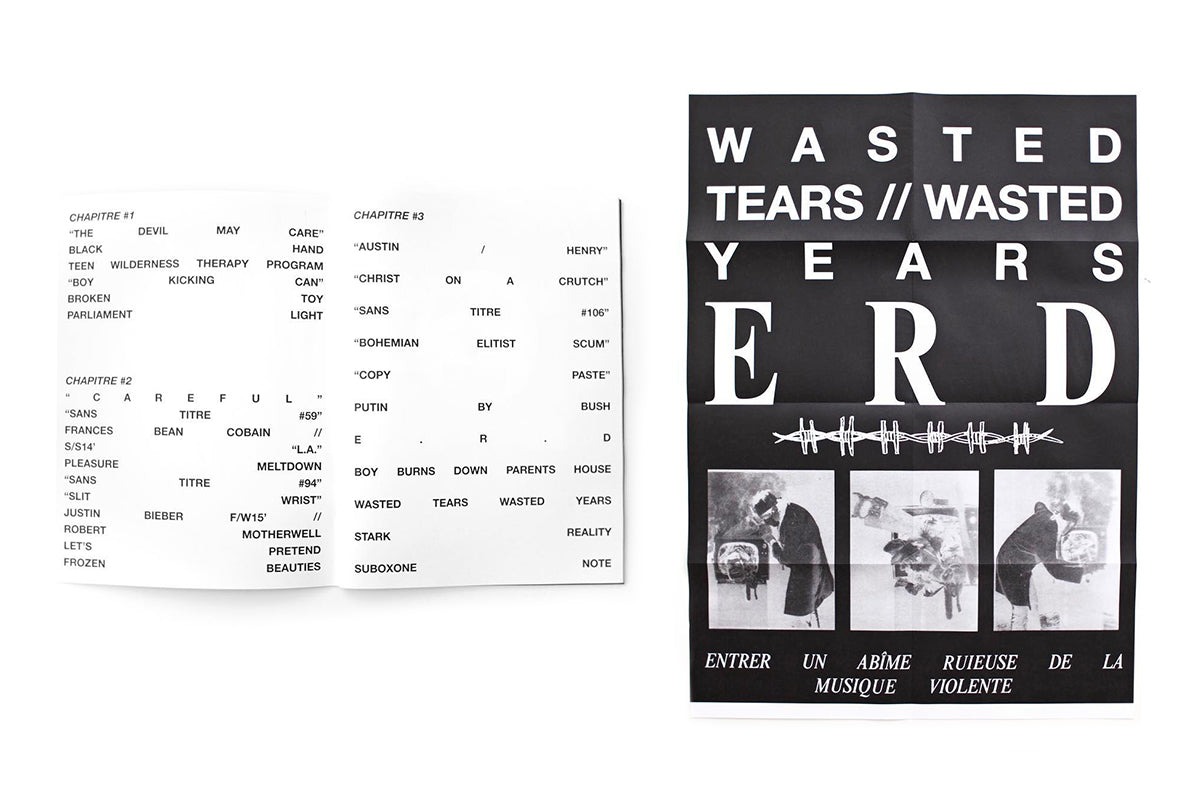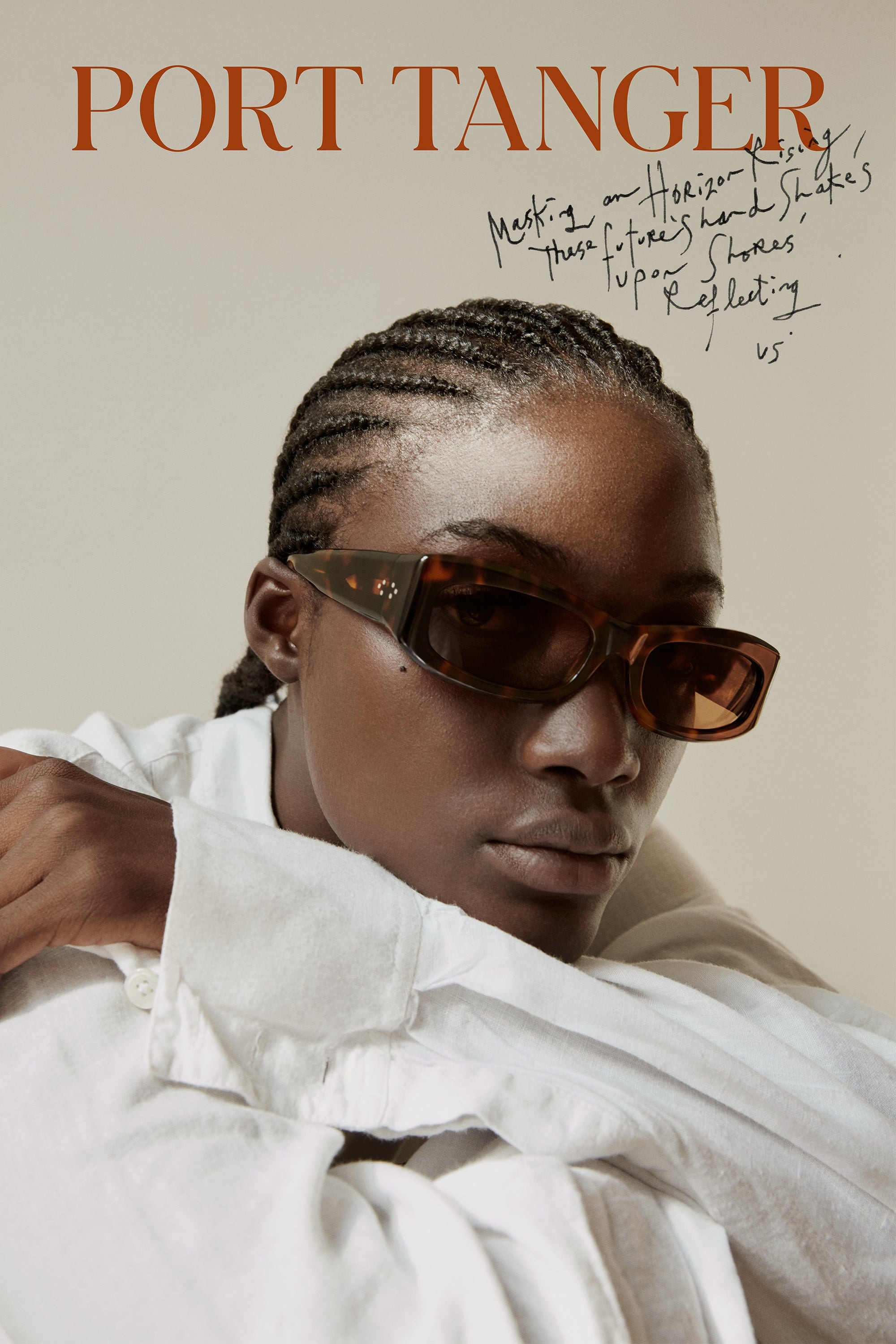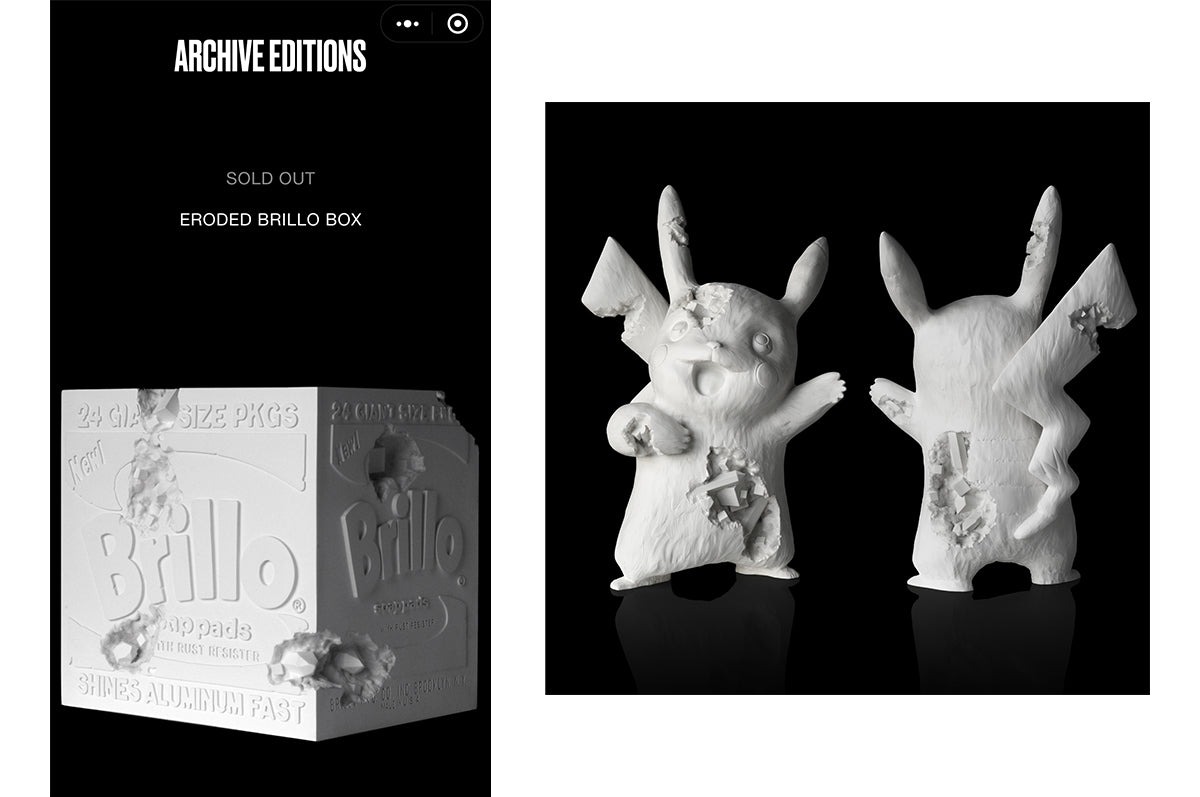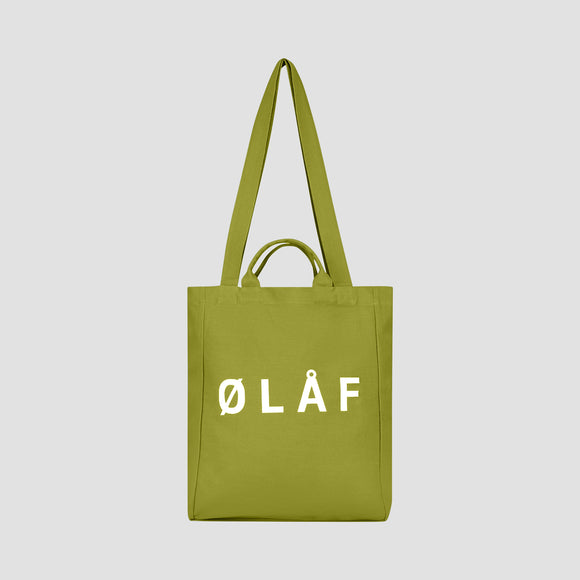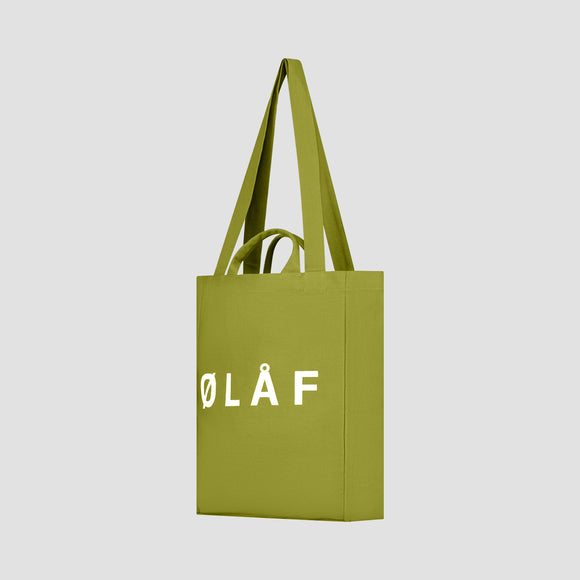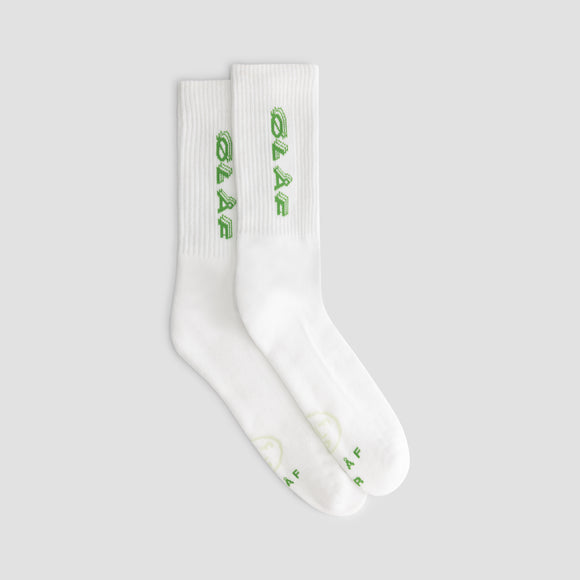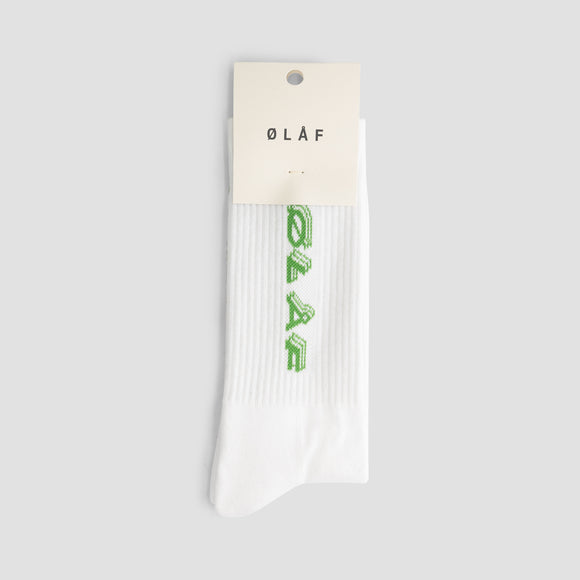Hi Karl, please tell me, what is life “à la KC”?
“Kind of measured,. I’d say that I’m a routined person. I pray and I read to start the day. But there is also a lot of flexibility. Connecting with people, connecting with art. Putting my body and mind first. “A La” is French for “in the manner of,” so it’s really about a strong emphasis on what I love and being true to myself."
That involves a lot of Orange, where does the fascination for that color come from?
“It’s really just my happy color. It’s a color that pops, adds something to every situation or outfit. I had a natural gravitation towards it since five years ago, now it’s almost like a branding tool in the sense that people might think about me when they see orange.”
It’s funny that you have such an obsession with color, and work with a guy like Daniel Arsham (whose art is mostly white because of his color blindness).
“Very, haha. Typically, I wear a lot of muted colors. But orange is the pop in my life. I like to think it’s my influence that he’s also starting to wear orange."

